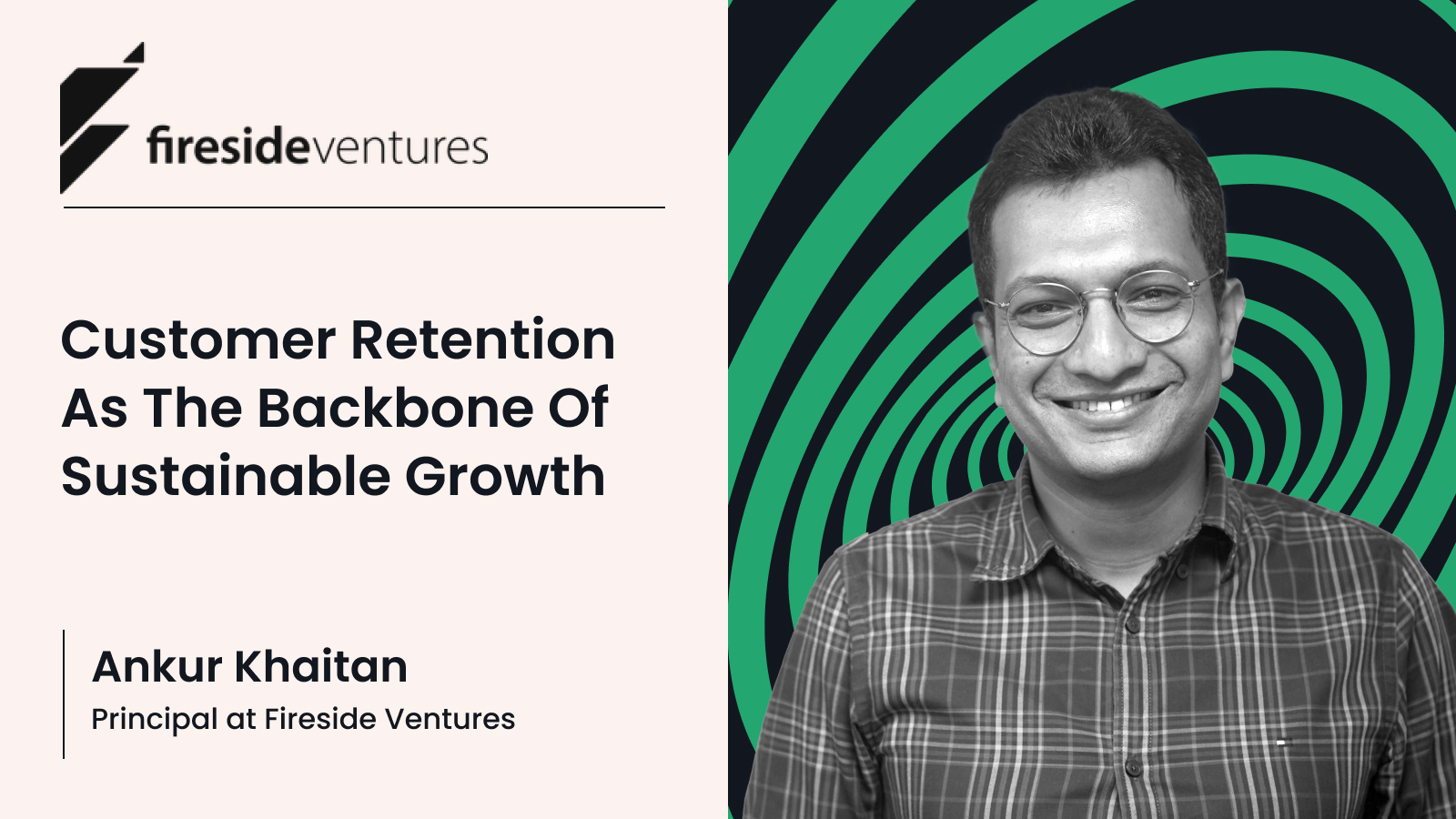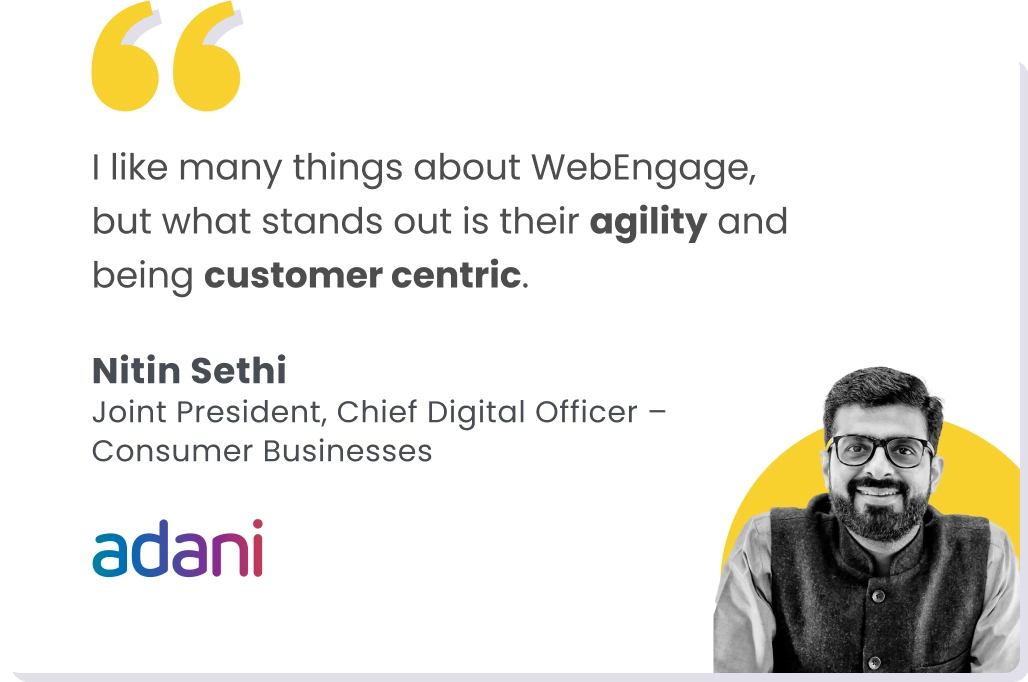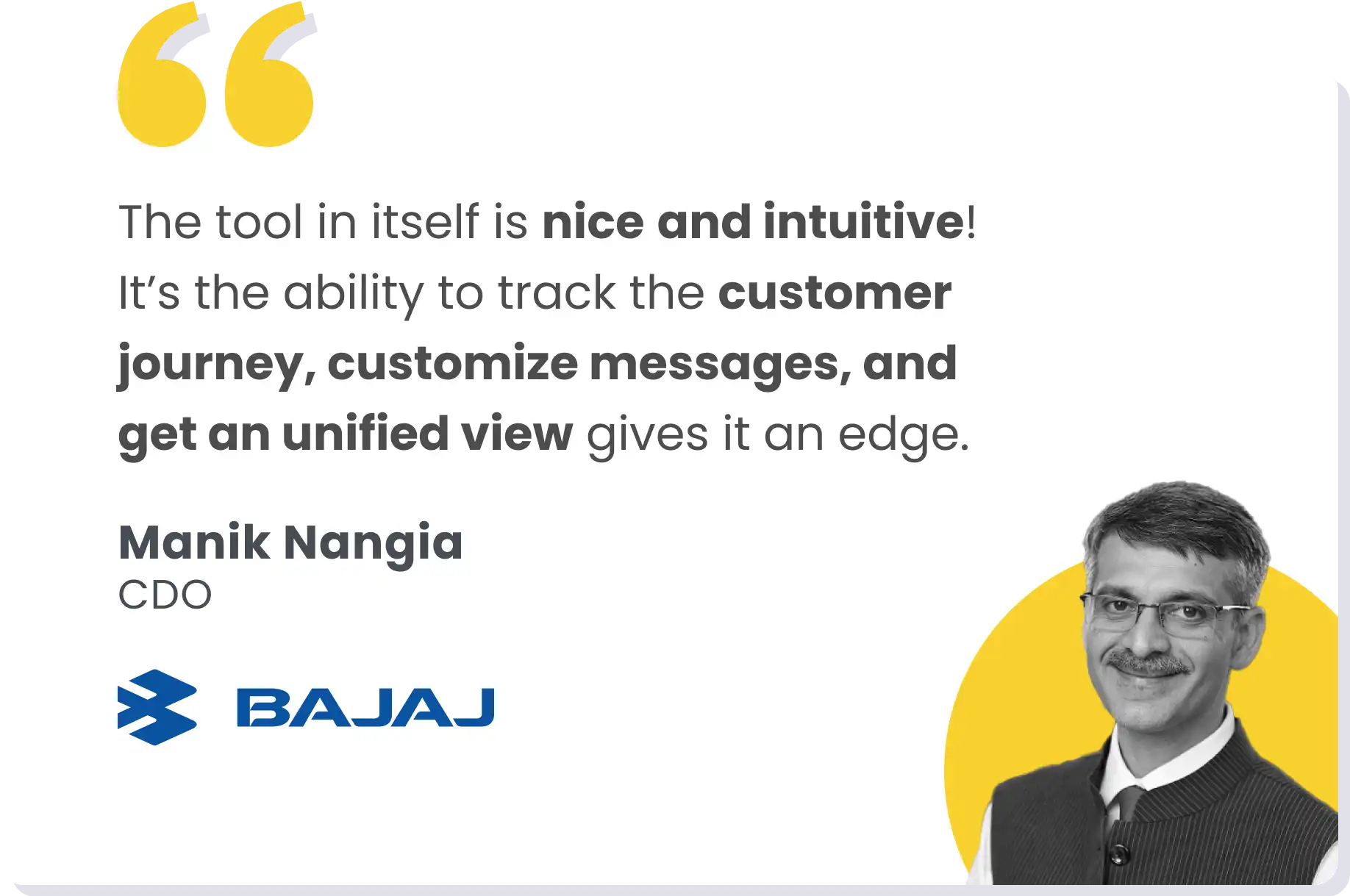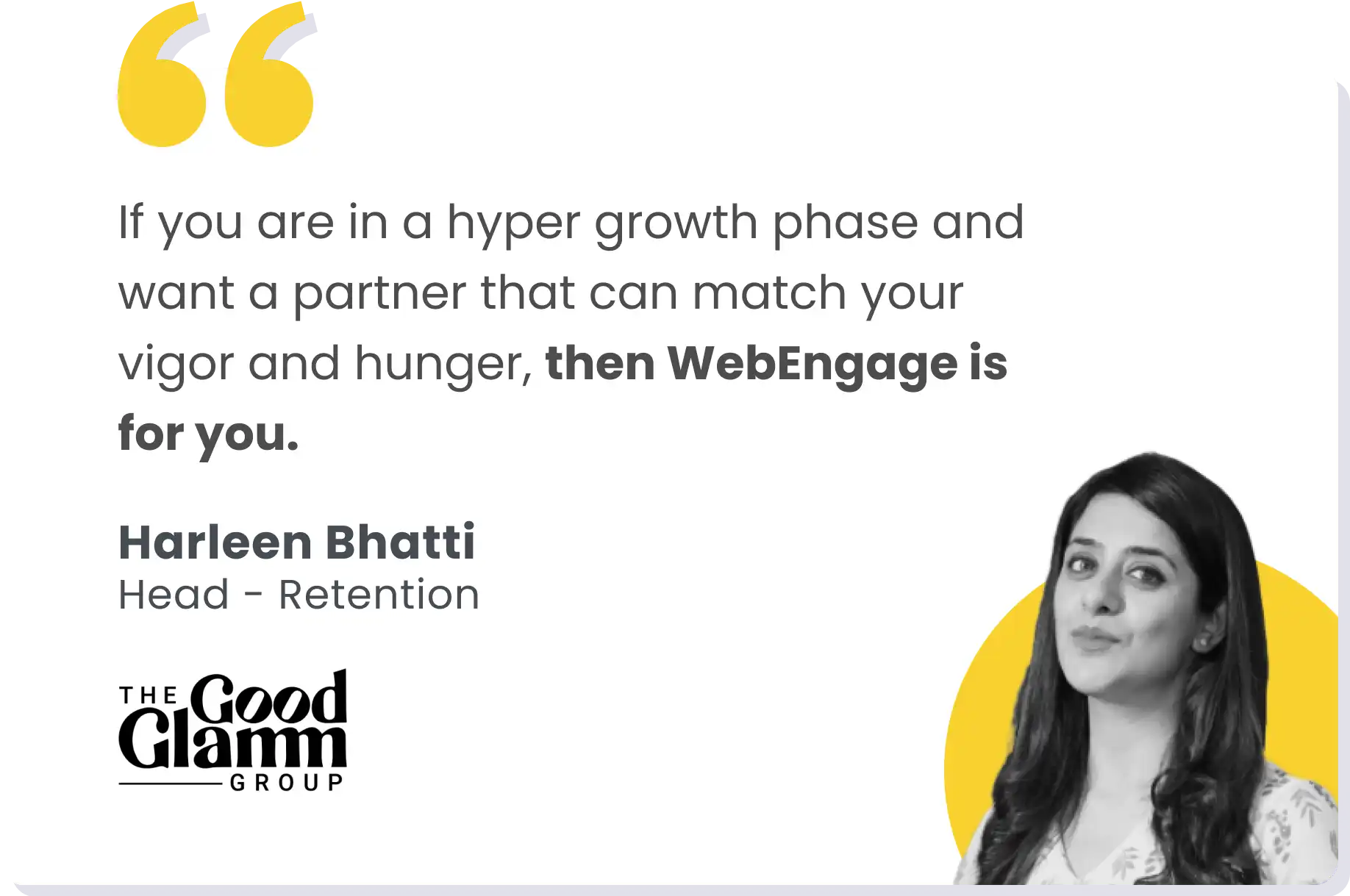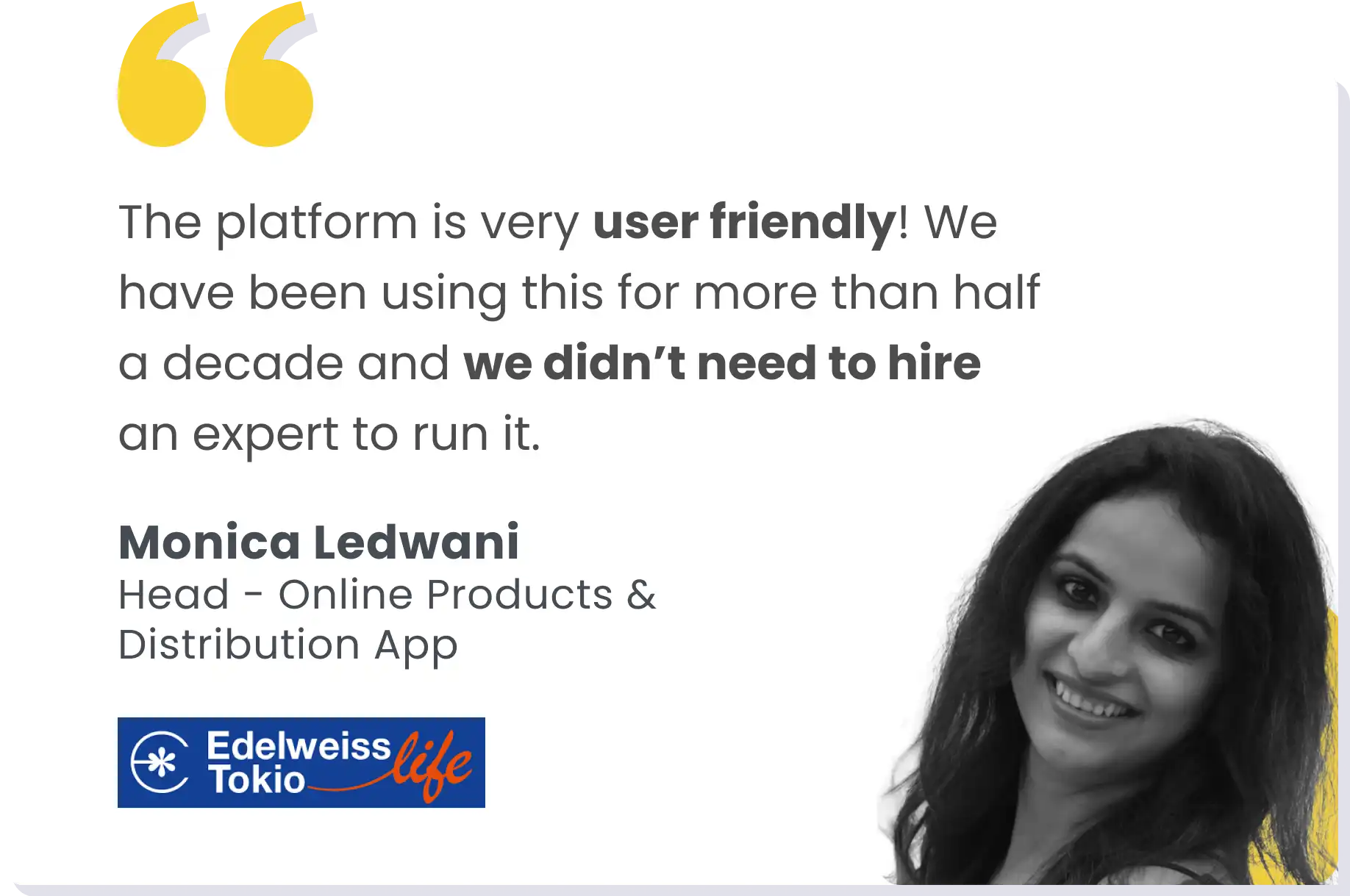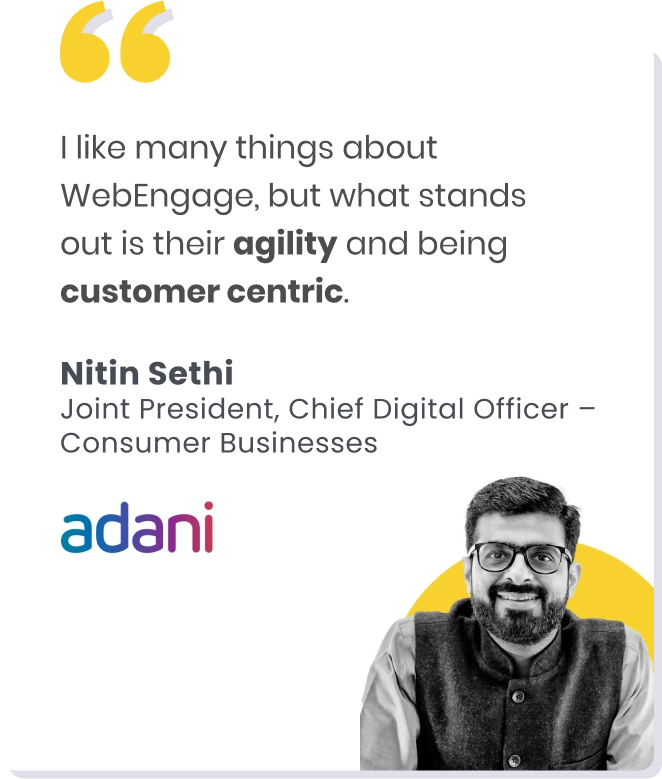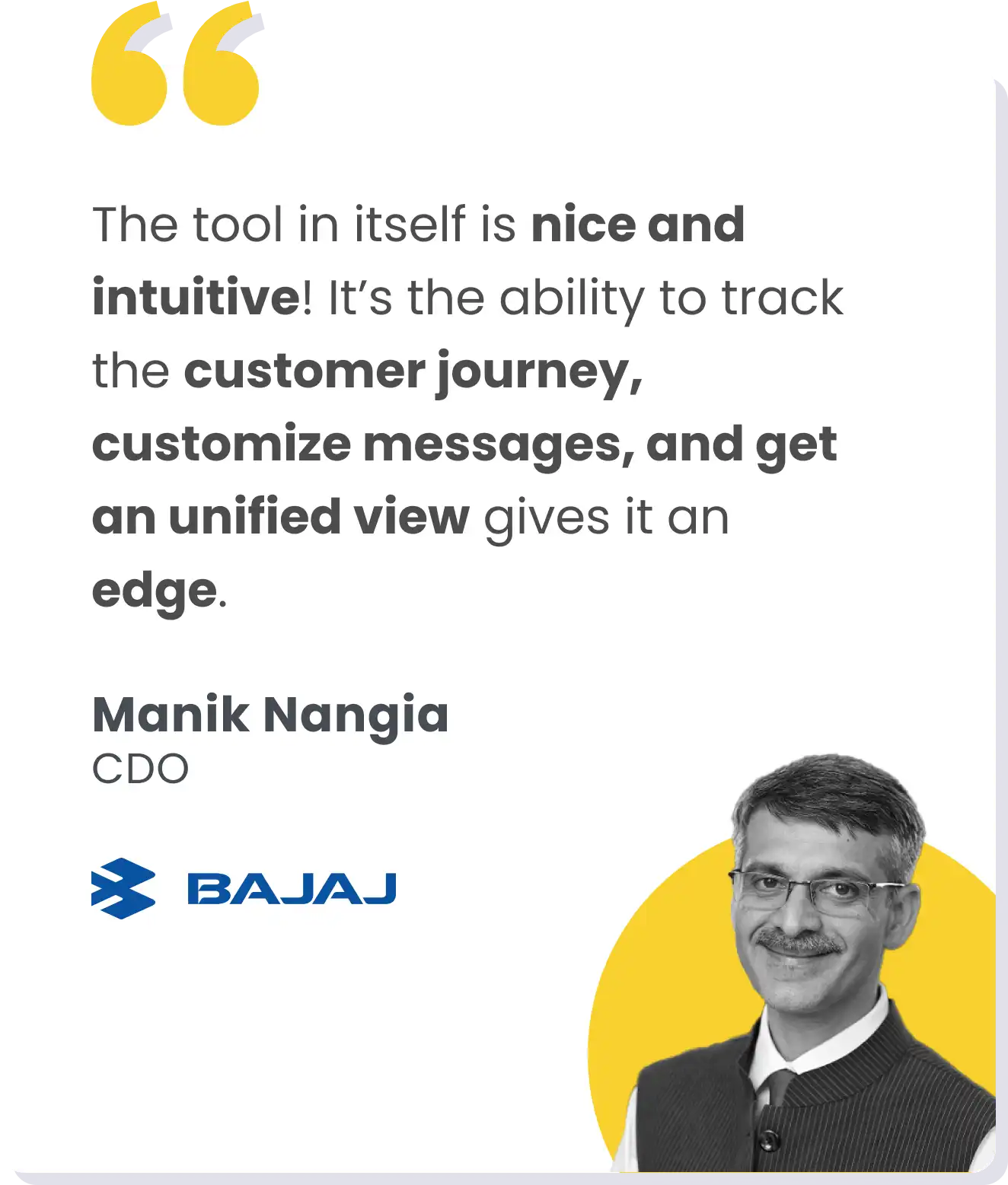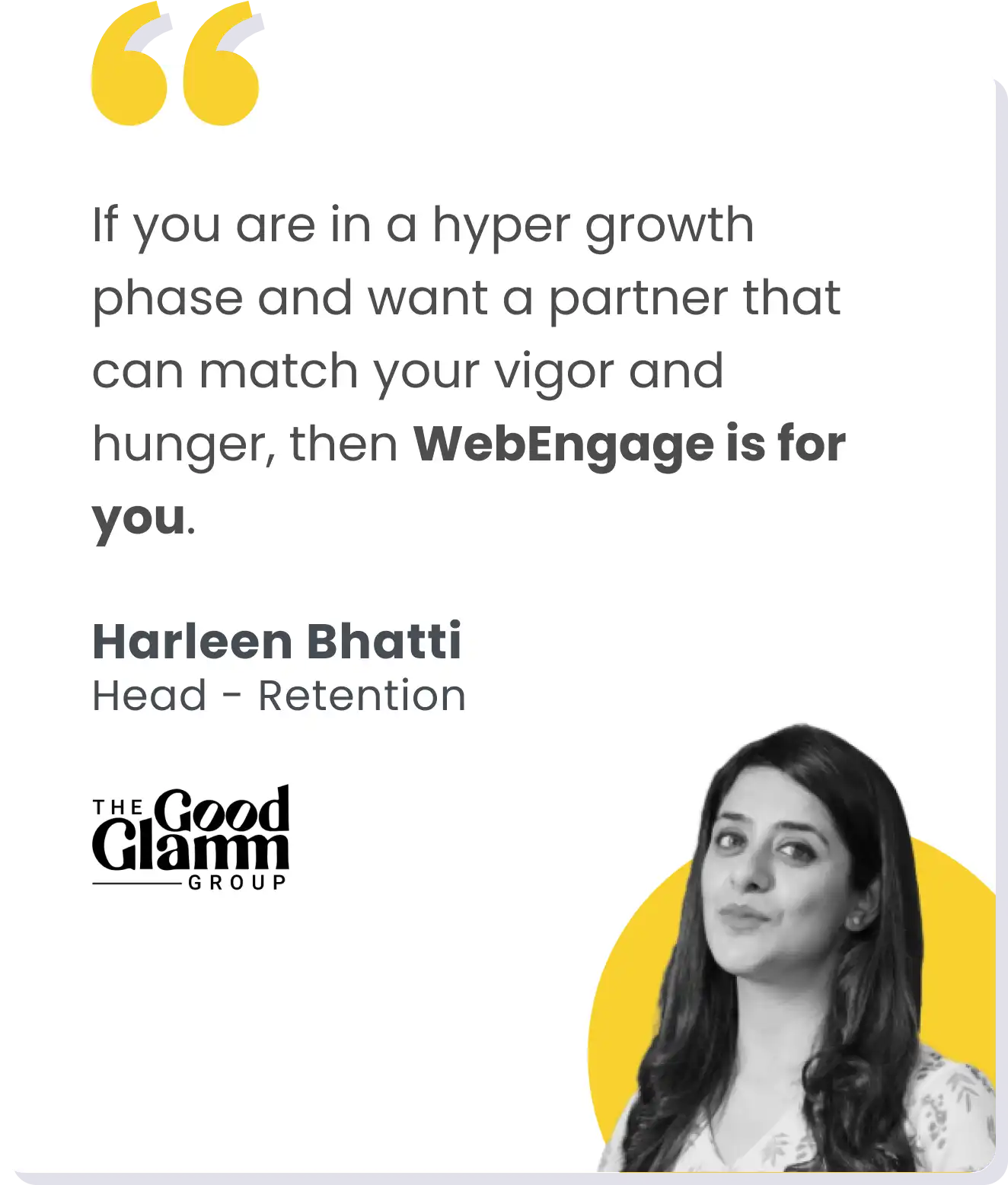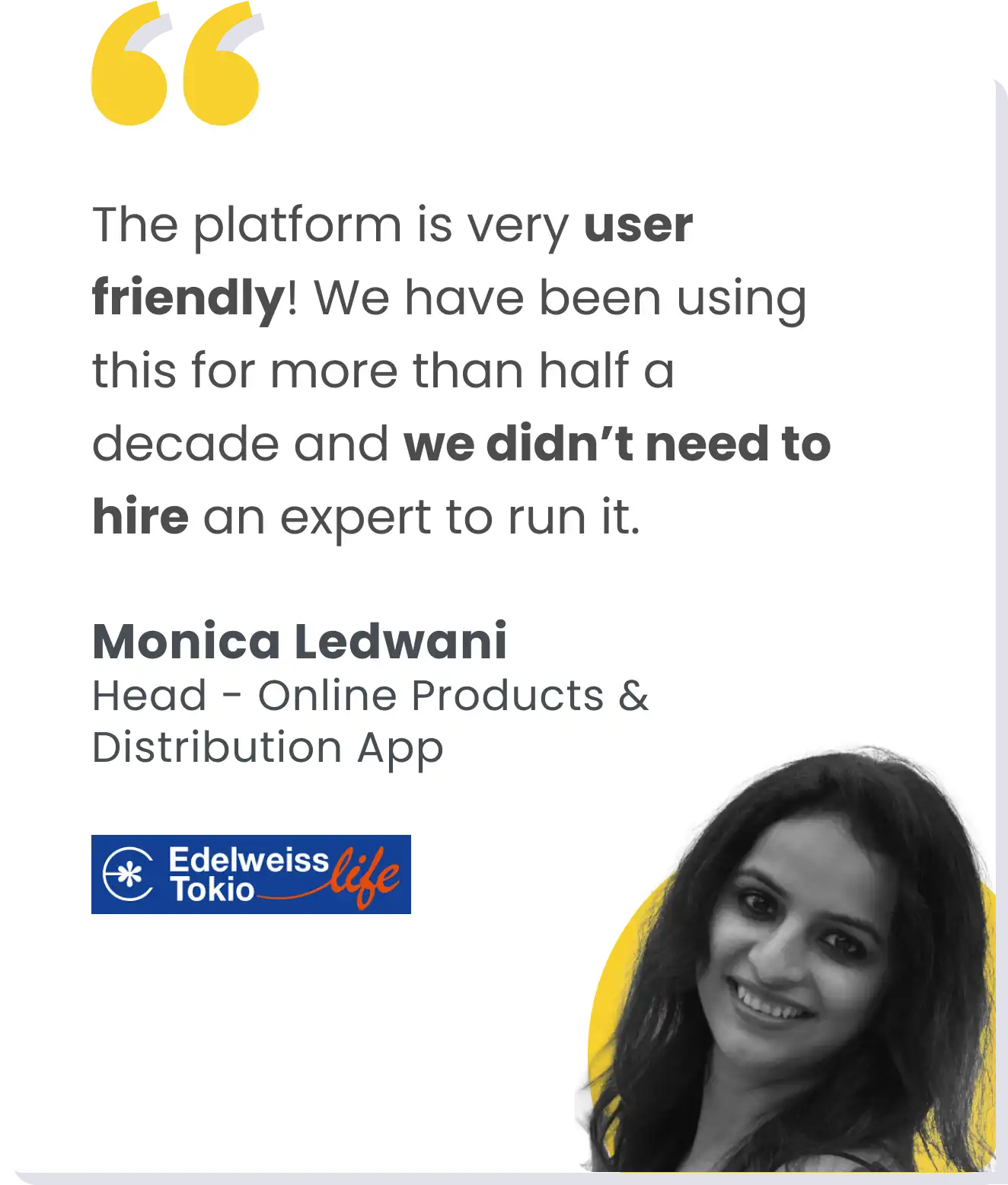Retention isn’t just about keeping customers—it’s about creating a system where they choose to stay. Across industries, from Pre-owned cars (Cars24) to hospitality (OYO) and Pre-owned two-wheelers (DriveX), the principles of retention may vary, but the core drivers remain the same: trust, personalization, engagement, and seamless experiences.
Prateek Anand Singh has seen firsthand how different industries tackle retention and what truly matters in building long-term loyalty.
1. Trust as the Foundation of Retention
💡 Insight: Customers stick with brands they trust. Whether selling a car, booking a hotel, or purchasing a second-hand bike, trust is the deciding factor in retention.
Imagine walking into a dealership to sell your used car. You get a price, but something feels off. There’s no breakdown, no clear reasoning—just a number. You can’t shake the feeling that you could have gotten a better deal elsewhere.
Now, compare that to Cars24 or DriveX. You enter a few details, and within seconds, an algorithm crunches real-time market data to give you a fair, transparent price. No awkward negotiations, no second-guessing—just a straightforward, data-backed offer. That’s the difference trust makes.
Trust isn’t about grand promises—it’s about consistency. I saw this at OYO, where the biggest challenge in the early days was reliability. A guest would check in expecting a smooth experience, only to find themselves dealing with unpredictable service quality. That lack of trust cost us repeat customers. The solution? A standardized experience across all properties, where a guest knew exactly what to expect every time. Once we fixed reliability, retention naturally followed.
And then there’s security—something most people don’t think about until it’s too late. Whether it’s data protection in digital transactions or post-sale support in mobility platforms, customers need to feel safe. They shouldn’t have to wonder if their payment is secure or if their service provider will disappear the moment the transaction is done. The brands that proactively address concerns before they become problems are the ones that keep customers coming back.
Because at the end of the day, trust isn’t just a feel-good factor—it’s the foundation of every lasting customer relationship.
At the heart of all of this? Trust is a long game. It’s not about the first sale; it’s about ensuring the customer has no reason to leave.
2. Personalization: Making Customers Feel Valued
💡 Insight: Retention happens when customers feel seen, understood, and prioritized.
🔹 Strategies That Work:
✅ Tailored Recommendations: AI-driven insights suggesting relevant products and services increase retention rates.
✅ Dynamic Pricing Models: OYO boosted repeat bookings by offering personalized discounts to returning customers.
✅ Milestone Recognition: Celebrating customer anniversaries, purchases, and special occasions deepens engagement.
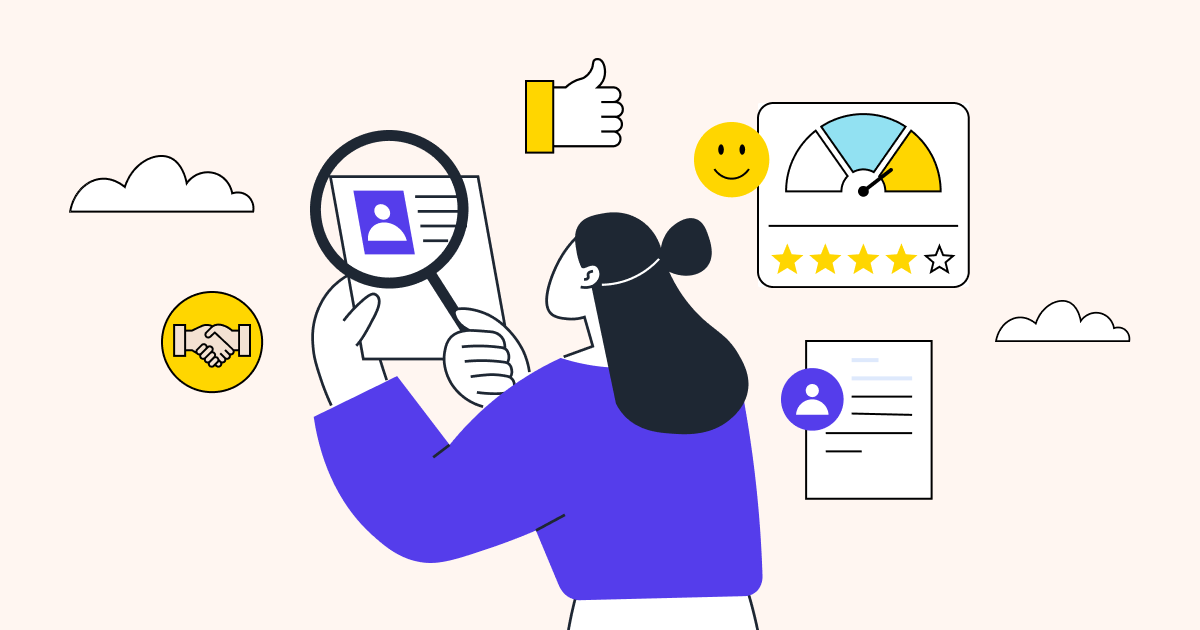
3. Engagement Beyond Transactions
💡 Insight: Customers don’t return just because of good service—they return because they feel connected to the brand.
Retention isn’t just about getting a customer to buy—it’s about making sure they never feel like the relationship ends after the transaction. I’ve always believed that the brands that win are the ones that stay in the conversation long after the sale is made.
At DriveX, we learned this early. A customer comes in to buy a second-hand bike, but their journey doesn’t stop there. They need to know how to maintain it, what accessories to get, and how to keep it running smoothly. That’s why we built our Bike Care tips and Ask-an-Expert forums—not as a marketing gimmick, but because we knew that if we gave our customers the tools to take care of their bikes, they’d trust us when they needed their next one.
Content is another powerful piece of the puzzle. People don’t just want a product; they want to know how to make the most of it. A simple guide on maintaining tire pressure, a checklist for long rides, or expert advice on fuel efficiency—these small things make a difference. They don’t just keep the customer engaged; they make sure that when they have a question, we are the brand they turn to for answers.
And then there’s communication. Not the spammy, irrelevant kind—but timely nudges that actually help. A reminder that their service is due, a heads-up on a maintenance check, or even a personalized message based on their last purchase—these are the moments that show a customer we’re not just here to sell; we’re here to support them.
Because at the end of the day, retention isn’t a formula, it’s a relationship. And relationships don’t thrive in silence.

4. Reducing Friction: Speed & Convenience Drive Retention
💡 Insight: A smooth, hassle-free experience is a key differentiator in customer loyalty.
🔹 Strategies That Work:
✅ Streamlined Processes: Cars24 & DriveX simplified RC transfers and instant payments to make transactions painless.
✅ Fast Issue Resolution: Reducing support response time improves user satisfaction and prevents churn.
✅ Omnichannel Support: Whether via mobile apps, websites, or call centers, brands must deliver a consistent experience.
5. Emotional Resonance: Creating Memorable Brand Experiences
💡 Insight: People may forget a product, but they don’t forget how a brand made them feel.
Retention isn’t just about transactions—it’s about creating moments that make customers feel valued, moments that stick with them long after they’ve made a purchase. It’s the little things that turn a one-time buyer into a lifelong customer.
I’ve seen this firsthand. At DriveX, we realized early that customers don’t just remember the product; they remember how they felt when they bought it. That’s why we focus on Surprise & Delight—sometimes it’s a free upgrade, sometimes it’s a handwritten note thanking them for their trust. These are small gestures, but they leave a lasting impact. People don’t just want a product; they want to feel like they made the right choice.
Loyalty programs work the same way—not just for discounts but as a way to reward commitment. A customer who chooses you once is valuable, but a customer who keeps coming back? That’s everything. Whether it’s early access to offers, exclusive perks, or even priority service, the message is clear: your loyalty matters to us.
And then there’s the human touch. No amount of automation can replace a real conversation with someone who actually listens. Customers remember brands that treat them with care—whether it’s a support team that doesn’t make them repeat their issue five times or a sales rep who follows up just to check if they’re happy with their purchase. People buy from people and brands that understand this and build relationships, not just revenue.
Because, in the end, retention isn’t just a strategy—it’s the difference between a business that sells and a brand that lasts.
6. Measuring Retention: The Metrics That Matter
Tracking retention success requires clear, actionable KPIs:
📊 Customer Lifetime Value (CLV) – How much revenue a customer generates over their journey with your brand.
📊 Churn Rate – Percentage of customers who stop engaging.
📊 Repeat Purchase Rate – How frequently customers return.
📊 Net Promoter Score (NPS) – How likely customers are to recommend your brand.
Businesses can use CRM systems, predictive analytics, and customer feedback loops to anticipate churn risks and refine their retention strategies.

7. Industry-Specific Retention Strategies
📍 Used Cars (Cars24):
✔ Build trust through transparency & secure transactions.
✔ Referral programs to leverage satisfied customers.
✔ Post-sale engagement through maintenance reminders.
📍 Hospitality (OYO):
✔ Consistency is key—repeat customers expect the same experience.
✔ Loyalty programs and personalized offers drive repeat bookings.
✔ Thoughtful gestures (like free upgrades) boost guest satisfaction.
📍 Used Two-Wheelers (DriveX):
✔ Create long-term relationships through buyback offers & service packages.
✔ Leverage predictive maintenance alerts to keep customers engaged.
✔ Educate customers on why buying second-hand is a smart financial decision.
Conclusion: From Transactions to Lifelong Customer Relationships
Retention isn’t just about preventing customers from leaving—it’s about creating an experience so valuable that they actively choose to stay. The brands that succeed in the long run aren’t the ones constantly chasing new customers but the ones that invest in deepening relationships with the ones they already have.
Whether it’s in mobility, hospitality, or e-commerce, the fundamentals of loyalty remain the same: trust, personalization, engagement, and a seamless customer experience. Customers want to feel confident in their choices, they want brands to understand their needs, and they expect interactions that are smooth, effortless, and genuinely helpful.
Businesses that embed these principles into their strategy don’t just see better retention numbers—they build something far more powerful: a customer base that becomes a community, a network of brand advocates who return not just because they have to, but because they want to. When done right, retention isn’t a metric—it’s the foundation of sustainable, long-term growth that goes beyond numbers and creates real, lasting connections.






